Cross-culturally, the lion is one of the most symbolic creatures in the world.
Unfortunately, however, as humans struggle to share space with these noble beasts, respect is giving way to hatred.
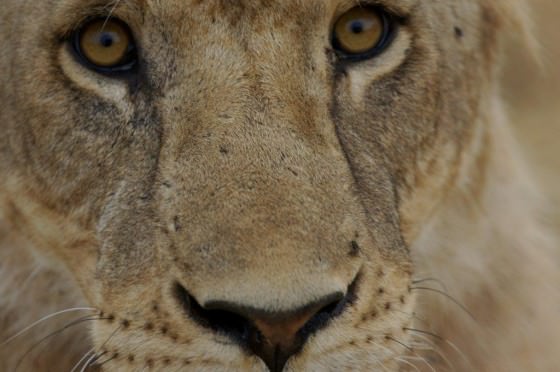
The lion has been responsible for both livestock and human fatalities, due mainly to the encroachment of human settlements on wild areas. One of the most widely publicised accounts of man-eating lions came from Tsavo in 1898 where it was claimed that over 100 railway workers were killed in a nine month period during construction of the Kenya-Uganda railway.
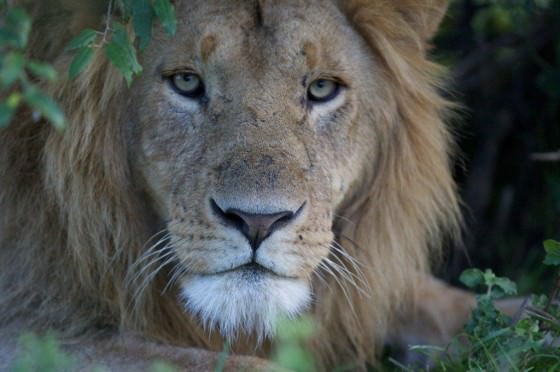
Unfortunately, as human-wildlife conflict increases, lions are ultimately the big losers, as some estimates show the African lion population decreasing by as much as 90% in the last decade. While habitat loss is a major factor in this decline, they have also come under direct threat from humans. The use of poison as a weapon against lions in Kenya is on the rise, with the tragic consequence that other animals become unintended victims. Vultures, especially, are particularly vulnerable, and it is not uncommon to find over a dozen dead vultures alongside a pride of poisoned lions.
In Kenya, the need to protect this cat has reached an all-time high, which is why areas such as Amu ranch and the surrounding land are so important. These are amongst the last great stretches of untouched wilderness in the country and represent the best chance of protecting not only lions but a host of other threatened animals.
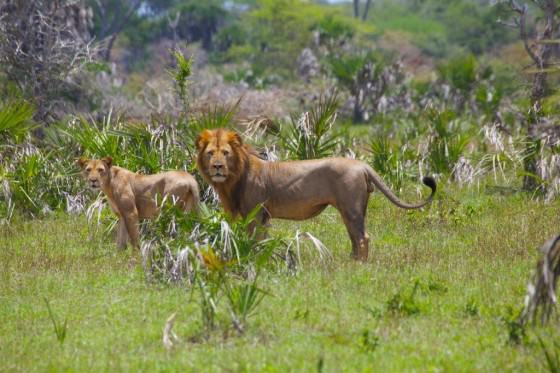
The David Sheldrick Wildlife Trust's "Project Amu," under the umbrella of the Lamu Conservation Trust, is doing important work to protect these lions. With constant aerial surveillance and foot patrols and the use of community outreach and sensitisation, human-wildlife conflict is on the decline. The result? With the reduction of poaching and logging activity and the prevention of livestock intrusion, Amu's lions are becoming less shy and are appearing more and more often. Rangers, who went for nearly a year without spotting a single lion on the ground, are now spotting them on a regular basis, and what they've discovered is unexpected.
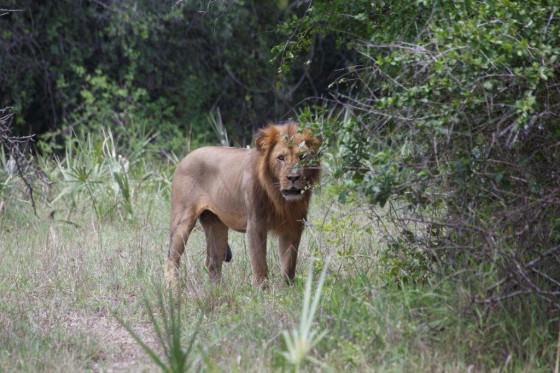
From pictures that have been taken of the lions so far, there is evidence of a large genetic pool in a relatively small area. Some, but not all, display large, muscular bodies with short, almost non-existent manes, very similar to the lions characteristically found in the Tsavo area. Others are significantly smaller, and some are even thought to have blue eyes. With Amu's close proximity to the Somali border, it is possible that lions have migrated south from there in pursuit of animals or livestock being led to greener pastures.

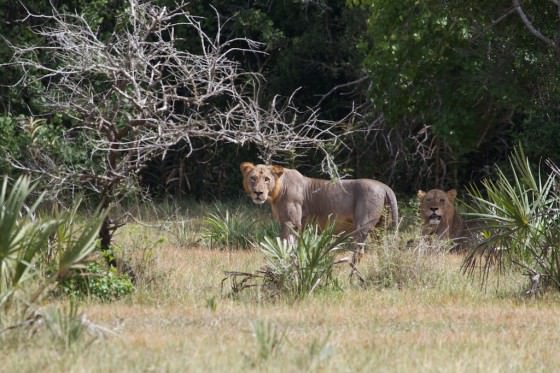
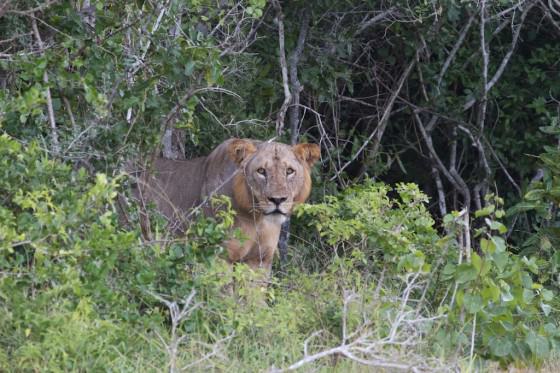
Whatever the case, this genetic diversity presents one of the best reasons to invest in conservation efforts in Amu. Elsewhere, lions face the additional threat of living in isolated, genetic pockets. It is, therefore, immeasurably important for the survival of lions as a species that diverse and thriving populations, such as the one on Amu, are protected lest their genetic material be lost forever.
